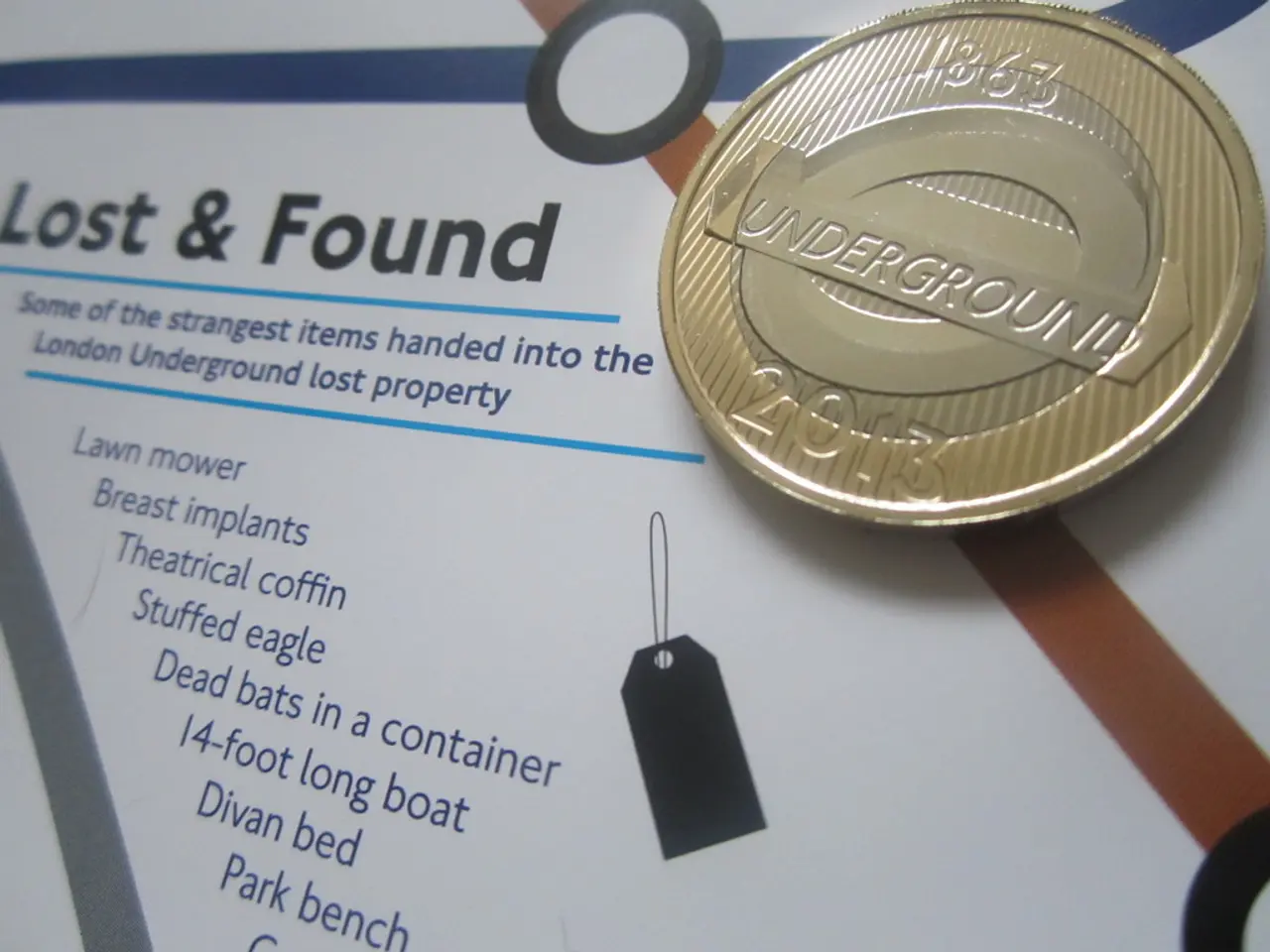EU's New Regulations for Payments: An Overview of PSD3 and PSR
In the ever-evolving world of finance, the European Union is set to modernize and harmonize its payment market with the introduction of the upcoming Payment Services Directive 3 (PSD3) and Payment Services Regulation (PSR) frameworks. These regulations, poised to replace the current PSD2 directive and be directly applicable across all EU member states for the first time, aim to improve fraud prevention, consumer protection, transaction security, and competition across the continent.
Frank Müller, from Annerton, discusses the upcoming changes that will shape the European payment market. According to Müller, the rationale behind the split between directive and regulation is to address regulatory gaps and provide a more uniform legal framework.
Key features of PSD3 and PSR include enhanced anti-fraud measures, consumer protection and transparency, harmonization and market integration, stricter access and security rules, and direct applicability and legal overhaul in member states.
Enhanced anti-fraud measures will strengthen safeguards against complex payment fraud, improve payer identity authentication, and reduce systemic risks to consumers and the payment ecosystem. Consumer protection and transparency will be raised through higher standards for fees, simplified dispute resolution, and improved digital payment rights.
Harmonization and market integration are expected to reduce fragmentation caused by national rules, fostering competition and innovation across member states. This harmonization will facilitate open banking and open finance business models, driving innovation in payment services.
Stricter access and security rules will govern access to payment systems and financial accounts, impose stronger customer authentication norms, and regulate contactless payment limits to balance convenience and risk management. PSR’s directly applicable nature will replace certain national laws, especially in Germany, leading to significant changes in the national legal landscape for payments.
The new regulations will bring increased security and trust for consumers, a more level playing field encouraging new entrants and innovation, and a regulatory environment better adapted to digital transformation and open finance trends. Payment providers will need to update their compliance mechanisms, customer interfaces, and risk management systems to meet these new standards, influencing operational costs and strategic planning.
Payment service providers will have to prove that customers acted grossly negligently in cases of unauthorized payments, and the requirements for strong customer authentication (SCA) will be tightened, with payment service providers bearing more responsibility. The new rules will prevent forum shopping by establishing uniform, centralized requirements across all EU states without national interpretation differences.
As the legislative texts are currently in the EU trilogue process, businesses are advised to closely monitor these developments. After the regulations come into effect, transition periods can be expected, but early preparation will be crucial to meet the new requirements on time.
In summary, PSD3 and PSR represent a comprehensive upgrade of payment regulation in Europe, focusing on fraud reduction, consumer rights enhancement, regulatory harmonization, and support for innovative, secure digital payment services. The changes promise to bring about a more secure, transparent, and competitive European payment market.
- Framework changes such as the enhanced anti-fraud measures in PSD3 and PSR are expected to provide stronger safeguards against complex payment fraud, while consumer protection and transparency will be heightened through stricter regulations on fees, simplified dispute resolution, and improved digital payment rights.
- With the harmonization and market integration brought about by PSD3 and PSR, there will be reduced fragmentation due to national rules, leading to a more level playing field encouraging new entrants, innovation, and the development of open banking and open finance business models across the European Union.




